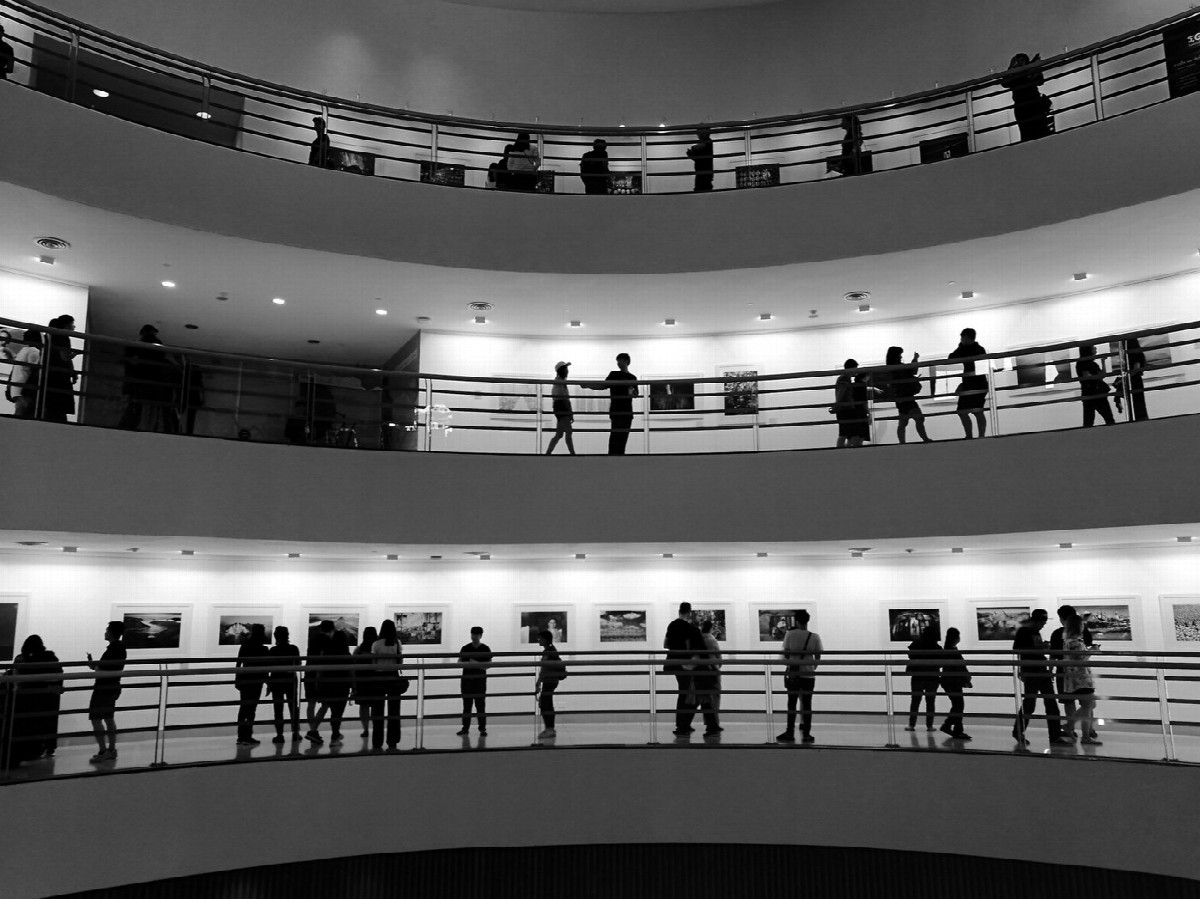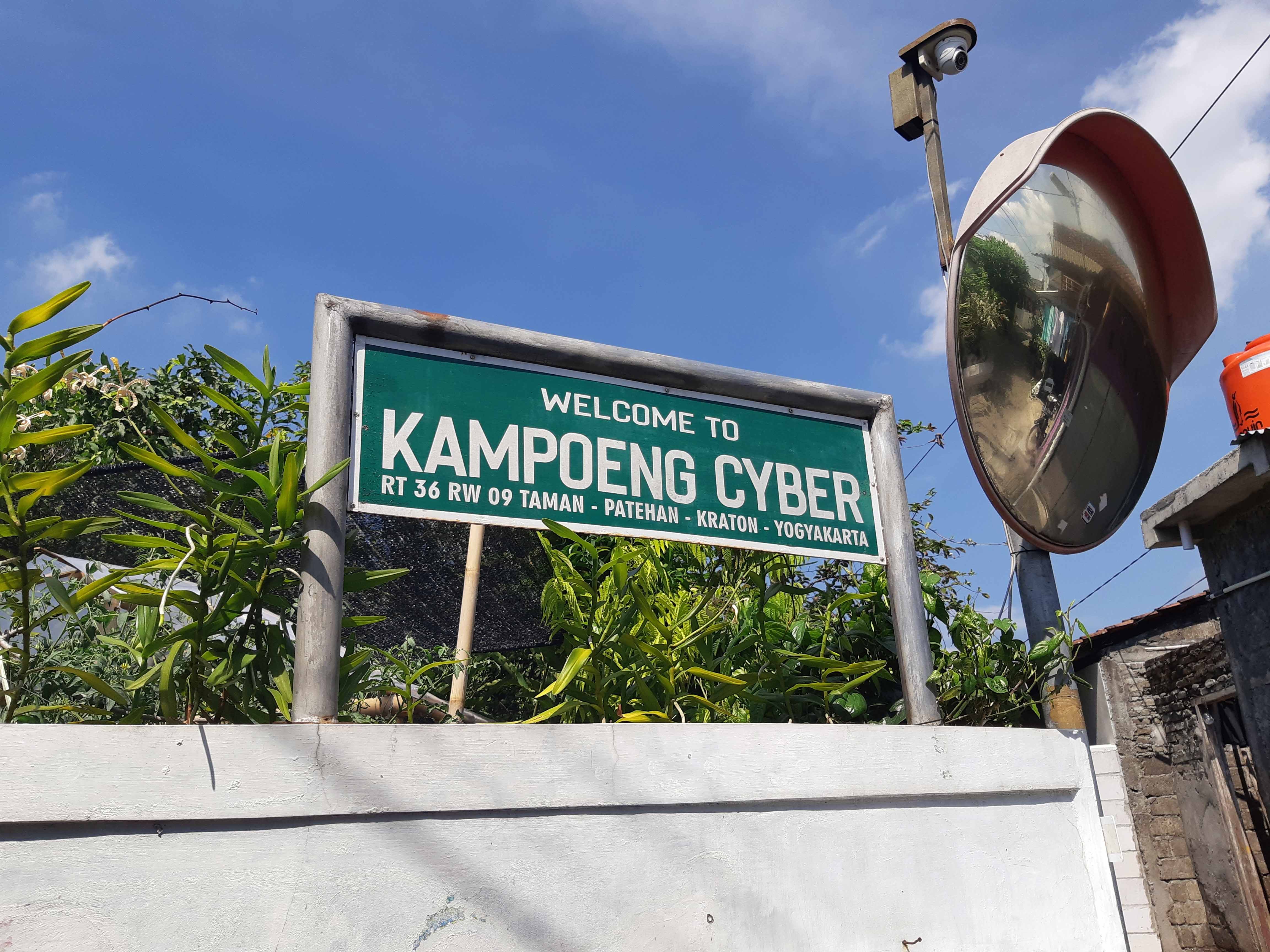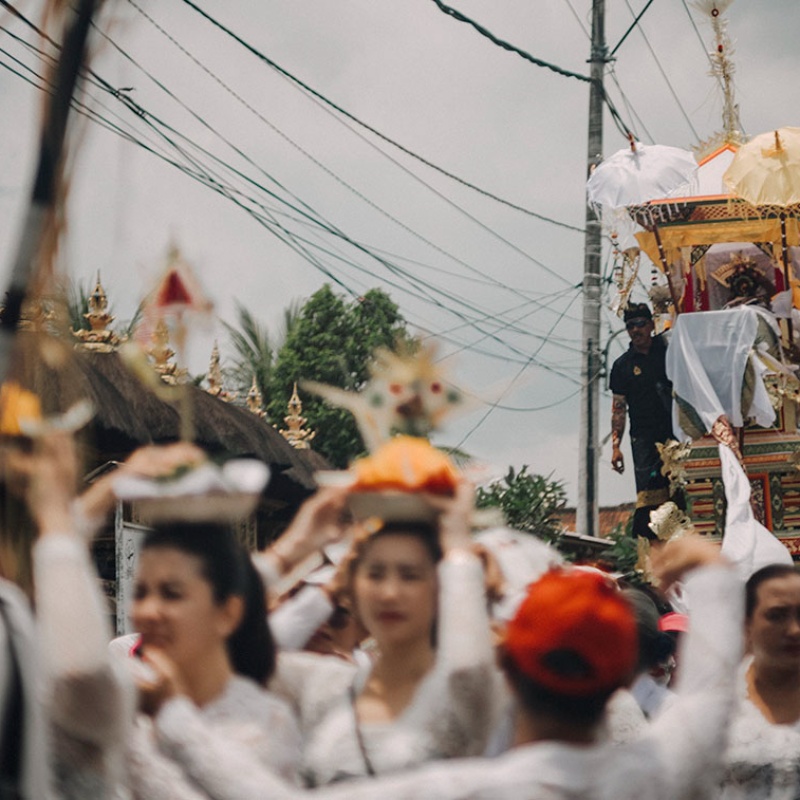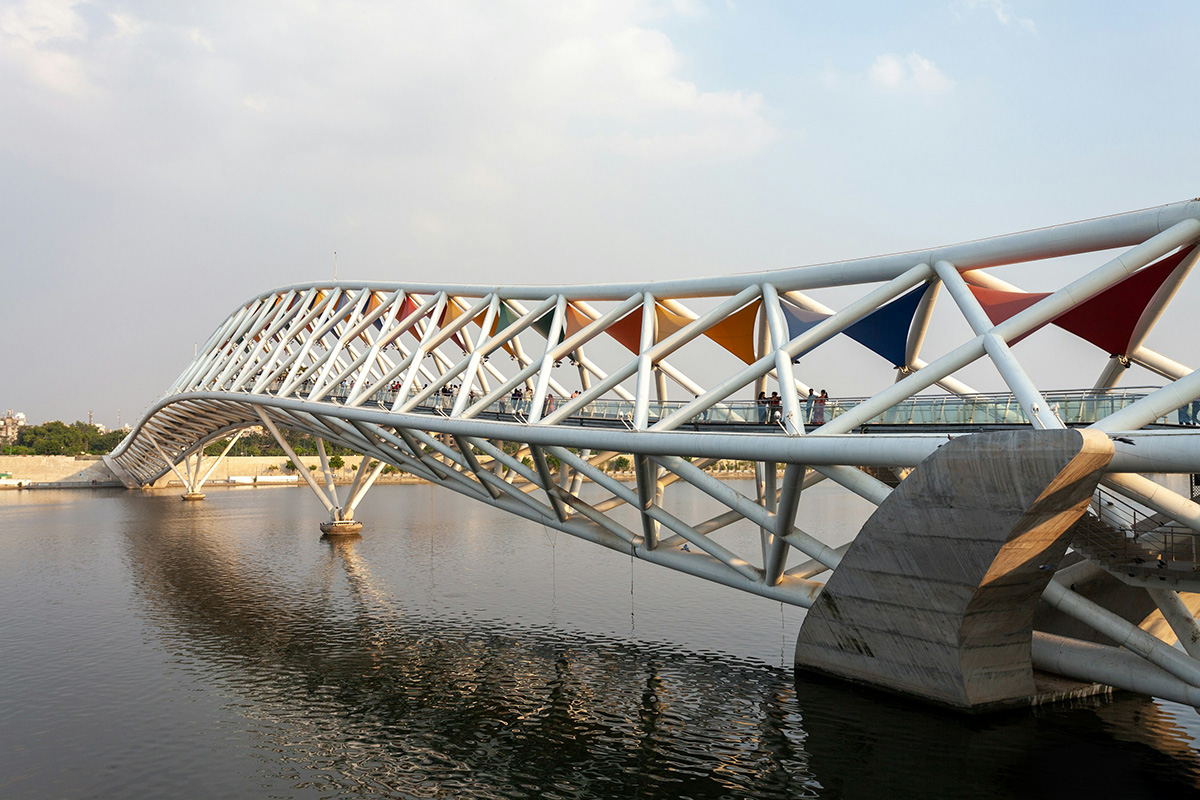Hong Kong is a city of art fairs. Ever since the inauguration of ART HK in 2008, the city has successfully integrated itself into the must-go destination of the busy travelling itinerary of the art world. From ART HK to Art Basel, to Fine Art Asia, Affordable Art Fair, Art Central, and numerous boutique and hotel art fairs, this Special Administrative Region has not only become one of the biggest art markets in the world, but also the capital of art fairs in Asia.
But besides the headline-grabbing sales and the glamour that draws aficionados, fashionistas and the Instagram generation to snap selfies against the backdrop of colourful artworks while sipping champagne, have these art fairs helped groom Hong Kong’s art scene? Or are they just spectacles?
Hong Kong’s art scene has experienced a tremendous growth since the handover from Britain to China in 1997, but much of it has to do with the art market. Two of the world’s biggest auctioneers Christie’s and Sotheby’s strengthened their presence in the post-handover era after a long-time, established presence since the 1970s, switching their main base in Asia from Singapore to Hong Kong. Christie’s Hong Kong staged its spring sale at Wan Chai’s Convention and Exhibition Centre for the first time in May 2005, just three years before the launch of ART HK. Fine Art Asia, a fair that focuses on fine art and antiquities, was inaugurated in 2006.
By the time ART HK was launched in 2008, Hong Kong already established itself as the third largest art auction markets after New York and London. An art fair showcasing nearly 100 galleries from 17 countries was new to Hong Kong, and the inaugural ART HK was rivalling with neighbouring fairs in Shanghai and Singapore. But ART HK demonstrated the city’s potential as an art market hub in Asia. “The time is right for a major hub fair for Asia,” Magnus Renfrew, the then fair director of ART HK, told ArtAsiaPacific ahead of the fair’s launch.
It was the beginning of Hong Kong’s art explosion. The fair brought major international galleries such as Gagosian Gallery, Hauser & Wirth, Galerie Emmanuel Perrotin and White Cube to the city, and they also opened shops in Hong Kong in the subsequent years. ART HK also grew to showcase 266 galleries from 38 countries in 2012, the fair’s last edition before it became Art Basel in 2013 following Swiss fair giant’s acquisition of the Hong Kong fair. Affordable Art Fair, a global brand operates in several cities around the world, also landed in Hong Kong in 2013.
Hong Kong’s art market has blossomed but some have criticised its detachment from the local, grassroots art circle. It is true, to a certain extent, that art fairs have been featuring works that can command high market values, and very often they are not Hong Kong art.
This is largely due to the fundamental flaws of Hong Kong’s art development, particularly for contemporary art. Unlike cities that are also major art markets, such as New York, London and Basel in Switzerland where Art Basel was originated from, Hong Kong did not have a complete, healthy cultural ecology that supports the growth of art before the market took over.
Besides the lack of powerful local galleries promoting homegrown artists, the city lacks world-class institutions and cultural infrastructure that nurture artists, audience and local connoisseurship supporting local artistic productions. Museums in Hong Kong are mostly government-run, and contemporary art has never been a major focus. They were rather disconnected from the contemporary art world, which is a globalised ecology that can sustain only if every stakeholder plays their part, from institutions and galleries to auctioneers, patrons, audience and the media. Although an announcement to build M+, a world-class visual culture museum at the West Kowloon Cultural District was made in 2008 and it lifted the hope of many in the art world, this long-awaited heavyweight institution still has yet to open its doors as of now, after more than a decade’s making.
Arts education for young people has long been criticised for being inadequate and outdated. Although things have improved in recent years with the addition of art appreciation to the revised senior high school curriculum as part of the Other Learning Experience, the lack of museum culture and top-notch cultural institutions means that art fairs have become where a lot of young people and the general audience are exposed to contemporary art for the first time. But art fairs are, at the end of the day, business platforms, not the place to look at art from a critical perspective.
Nevertheless, there is still hope to change, particularly over the next five years. With the opening of Tai Kwun arts centre at the former Central Police Station heritage compound in Central, last year, the re-opening of the Hong Kong Museum of Art in November 2019 after a major facelift and expansion of its programming covering both fine art and contemporary art, as well as the opening of M+, hopefully in 2020, audience’s attitude towards art might change dramatically, if these institutions could find the right way to engage the audience, showing them that art fairs are not the only place to look at art, and art should be understood within a context that enriches the narratives of a bigger picture. Art, after all, shouldn’t be seen as a commodity, but a way to ask questions that challenges people’s minds and the status quo of the society.
Having said that, art fairs are not at all evil when it comes to art development in Hong Kong. After all, these events have put Hong Kong on the world map, and given local artists international exposure, such as Lee Kit, who was awarded the ART FUTURES award in 2012 at ART HK, and since then Lee has become one of the shiniest stars of Hong Kong art. The success of art fairs also shows the pragmatic Hongkongers—particular Hong Kong parents—that art can be a business, encouraging more young people to pursue a career in this field. The Hong Kong art boom might not have the most conventional beginning like London and New York, but its unique trajectory brought by the rise of art fairs could be an inspiration.
This article is a collaboration with Cultural Journalism Campus.





